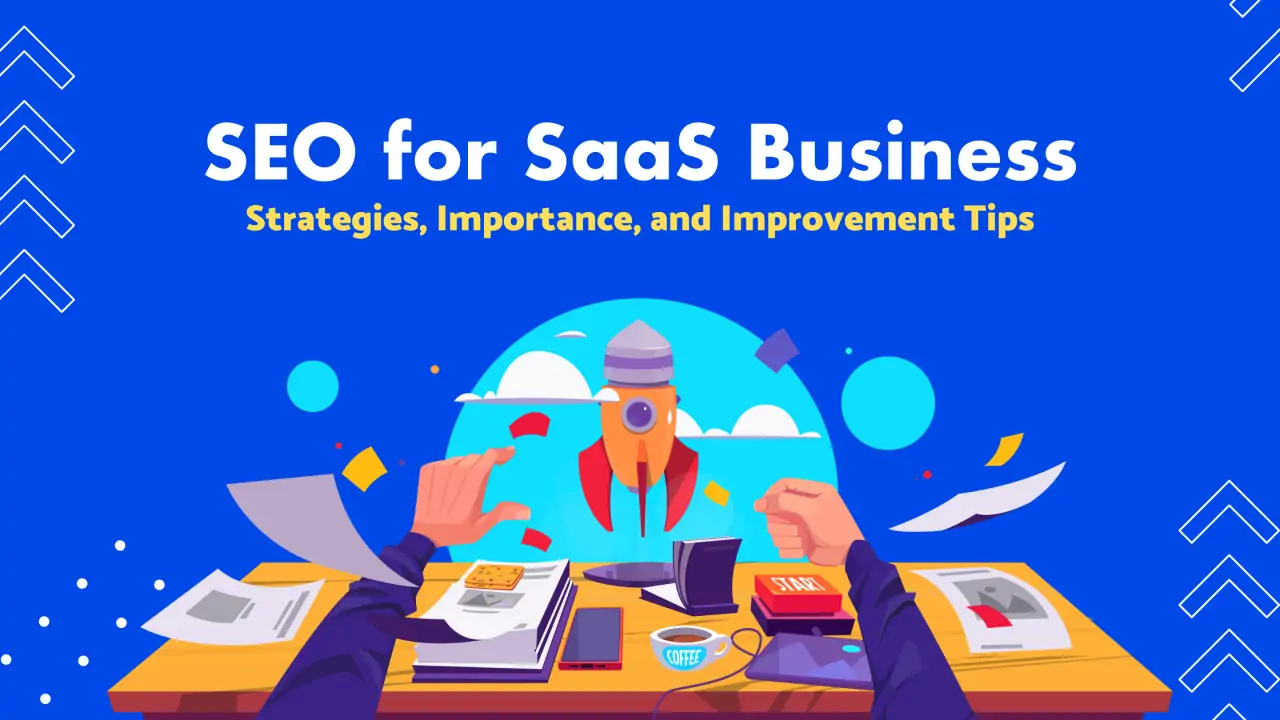
Optimizing Your SaaS Company’s Blog for SEO
In today’s digital age, search engine optimization (SEO) has become imperative for businesses to enhance their online visibility and drive organic traffic to their websites. SaaS (Software as a Service) companies, in particular, can greatly benefit from adopting effective SEO strategies. While many factors contribute to overall SEO success, one significant aspect that often gets overlooked is optimizing the company blog.
A well-optimized blog can be a powerful tool for SaaS companies looking to attract prospects, engage with existing customers, and establish thought leadership in their industry. By incorporating a few key practices into your blogging efforts, you can significantly improve your blog’s visibility on search engines and reach a wider audience. Here are some essential tips on how to optimize your SaaS company’s blog for SEO.
Research Relevant Keywords
The first key step in SEO for SaaS is conducting keyword research based on your target audience’s search intent. Begin by brainstorming topics that align with your SaaS offering and exploring relevant keywords using tools like Google Keyword Planner or SEMrush. Look for high-demand keywords with low competition that represent specific pain points or interests of your target audience.
Create Valuable Content
Creating valuable content is crucial both for engaging readers and boosting search rankings. Craft informative articles, tutorials, best practices guides, case studies, and other forms of content that address the challenges faced by your target audience. Ensure that the content offers in-depth knowledge, practical insights, and actionable advice.
Integrate Keywords Effectively
Once you have identified your target keywords while maintaining an optimal keyword density within the content, place relevant keywords in strategic locations such as the title tag, meta description, URL slug, headings (H1-H6), and within the body text itself.
Utilize Header Tags Appropriately
Using header tags (H1-H6) effectively not only helps with readability but also allows search engines to understand the hierarchy of your content better. Include your target keywords naturally within the headings while ensuring they are meaningful and relevant to the content under each section.
Build Internal and External Links
Internal linking plays a crucial role in building a well-structured website. Incorporate internal links within your blog posts to connect related content on your site and help search engines crawl and index your pages more efficiently. Additionally, seek opportunities for guest posting or collaborating with other reputable websites to obtain quality external backlinks, further enhancing your blog’s authority and credibility.
Optimize Images
Images not only improve the visual appeal of your blog but also provide an opportunity to boost SEO. Optimize images by compressing file sizes without compromising quality, using descriptive alt text, and naming files with relevant keywords.
Mobile-Friendly Design
In today’s mobile-dominated world, a responsive design is essential for a successful SaaS company blog. Thanks to mobile-responsive web design, your website will adapt seamlessly to different screen sizes and devices. Google considers mobile-friendliness to be a significant ranking factor, so prioritize this in your website development efforts.
Ensure Fast Loading Times
Website speed affects both user experience and search rankings. Improve loading times by optimizing images, reducing unnecessary JavaScript or CSS scripts, leveraging caching techniques, minimizing redirects, and upgrading web hosting services when necessary.
Promote Social Sharing
Including social sharing buttons in your blog posting website allows readers to easily share the content across various social media platforms while increasing visibility and potential reach. Encourage readers actively to share by crafting compelling call-to-actions that highlight the value they can gain or offer incentives such as exclusive access to additional resources or discounts.
Track Performance Metrics
Lastly, an analytics system such as Google Analytics should be established to track key metrics like organic traffic volume, bounce rate, average time on page, and conversion rates for important goals (e.g., newsletter subscriptions or software trials). Regularly analyzing these metrics will help you identify any areas of improvement to refine your SEO strategy further.
Conclusion
Optimizing the blog of your SaaS company for SEO is vital to driving organic traffic, increasing brand awareness, and establishing authority in your industry. By effectively incorporating keyword research, creating valuable content, utilizing header tags, building internal and external links, optimizing images and mobile-friendliness, and measuring performance metrics, your company’s blog can rise above competitors and reach a wider audience. Embracing these optimization tactics consistently and constantly adapting to the evolving SEO landscape will progressively improve both visibility on search engines and user experience, resonating with existing customers and managing to attract new ones.



